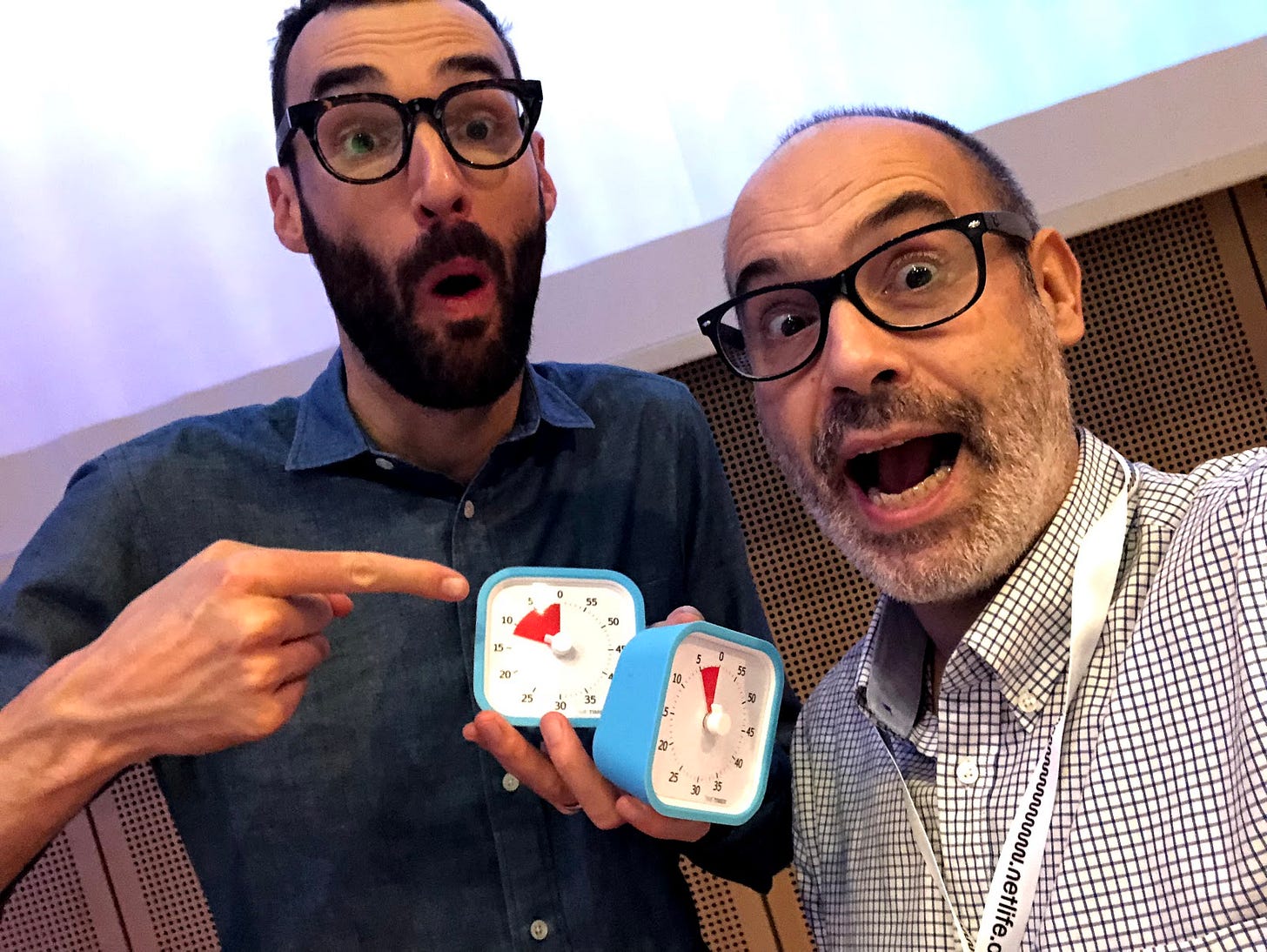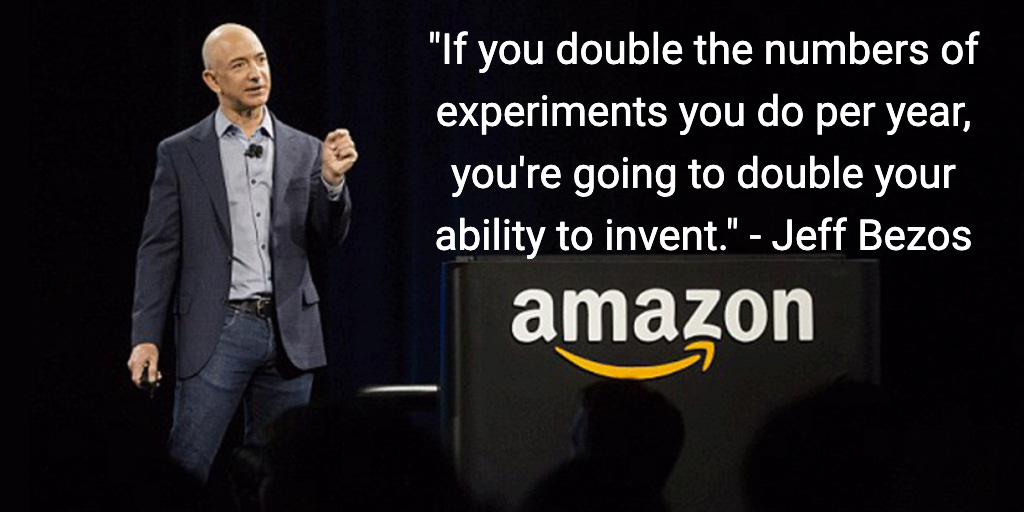
Does your organization want to build an internal innovation culture and mindset, and maybe build an cost effective Innovation Program that creates actual results and is both sustainable and scalable?
Use then Design Sprints as a primary tool and build a Design Sprint program that will accelerate the transformation and build facilitation skills in an effective way, while introducing Design Sprints to the whole organization.
What characterises a Design Sprint?
Google Ventures and Jake Knapp defines Design Sprint as "a five-day process for answering critical business questions through design, prototyping, and testing ideas with customers."
Design Sprints can be costly if they fail. It is therefore important to have good facilitators who plan, prepare and lead the team through the sprint. Not least the follow-up work after the sprint is important. All this falls under the responsibility of the facilitators.
Looking for innovation in your company? Run a Design Sprint
Using the Design Thinking principles and mindset – curiosity, empathy, human centered, bias towards action, show don´t tell, immersion, radical collaboration, ideation, prototyping and testing – and leveraging the creation of a cross functional environment, Design Sprint is emerging as new way for accelerated innovation, where speed and innovation go ha…
What is a "Design Sprint Launchpad"
Many organizations want to build up facilitation skills so they can run Design Sprintes by themselves, and not using external consultants.
Facilitation is a performance sport that requires more than just theoretical knowledge. Facilitation is an executive role where the craft requires both inherent qualities and learned skills in group dynamics, presentation technique, leadership and improvisation. Practical experience and extensive training are therefore needed.
Good facilitators are essential for creating good team dynamics in a Design Sprint.
I therefore recommend a program to develop internal Design Sprints facilitators in the organization. I call this program “Design Sprint Launchpad”.
Through a series of real Design Sprints in your organization, future facilitators get involved and gradually take on more responsibility for planning, preparing, carrying out and summarizing Design Sprints.
Why a "Design Sprint Launchpad"
With the approach in the Design Sprint Launchpad, you kill several birds with one stone: the organization gets safely started with Design Sprints, you build real experience as facilitators and as an organization you build up a system, process and culture to build up and scale innovation facilitator competence internally.
Get started safely with Design Sprints.
It is important to succeed with the first sprints in an organization, so that there is room to carry out more sprints later. If you make a mistake, there is a danger that you will assume that it was due to the sprint form, and not the underlying reasons. It is therefore important to build some success stories at the start. Having experienced facilitators helps you ensure the best possible implementation and creates security for both participants and stakeholders.
Build real experience as facilitators.
Through the program, the future facilitators will build security and achieve a sense of mastery, which is very important for becoming confident in the role of facilitator. With ongoing feedback and coaching along the way from our experienced mentors, the learning outcomes will be raised considerably.
Scale competence.
With Launchpad, you also get a model that you can use to build and scale the facilitation skills in your organization.
How to do it
Step 1: Observation
In the first step, an experienced extern facilitator (like me) takes responsibility for facilitating a Design Sprint in your organization. He then takes two internal candidates (to-be future facilitators) who act as observers before, during and after the sprint. The candidate's job will be to observe and learn.
They are involved in all planning work and all activities that the mentor does. He starts and ends each day without the rest of the sprint team, so that the candidates get as much learning as possible from each individual day.
Step 2: Co-facilitation
In step 2, the candidates move up as co-facilitators. The mentor takes the leading role as facilitator, while the candidate takes the co-facilitator role. The candidate will then be executive facilitator for parts of the activities and otherwise support the main facilitator. Ahead of the sprint, mentor and co-facilitator will distribute tasks and responsibilities, and every day they will run a debrief with feedback.
In order to scale facilitation skills, two new internal candidates and observers can be brought in here. These are then at stage 1, and will move up as co-facilitators in the next round.
Step 3: Independently facilitate Design Sprints
In the third step, the candidates from step 1 become main facilitators and lead Design Sprints themselves independently. They will now have enough security, experience and knowledge to be able to implement these in a very good way.
In order to further scale facilitation skills, you can bring in two new observers and carry out the same training round as with the first four candidates.
Step 4: The way forward
The original experienced facilitator from step 1, joins as further support, and gets a new role as a innovation and facilitator coach for the new facilitators, and for the leadership group.
He also designs and facilitates workshops for Problem Definition and Problem Framing, which are critical for a successful Design Sprint.







